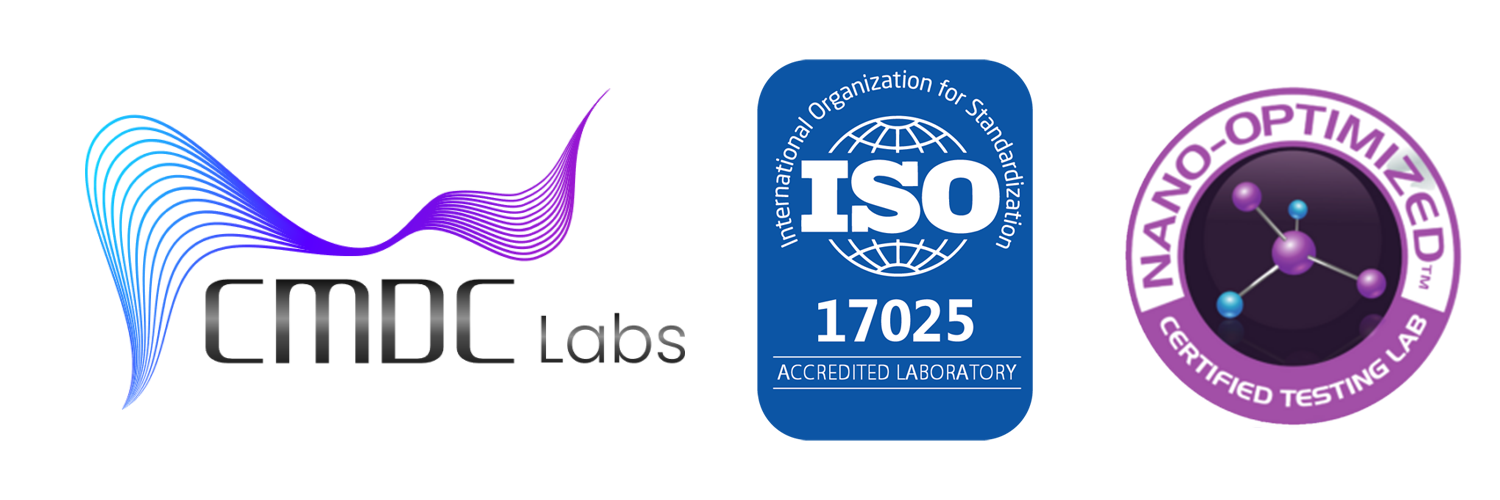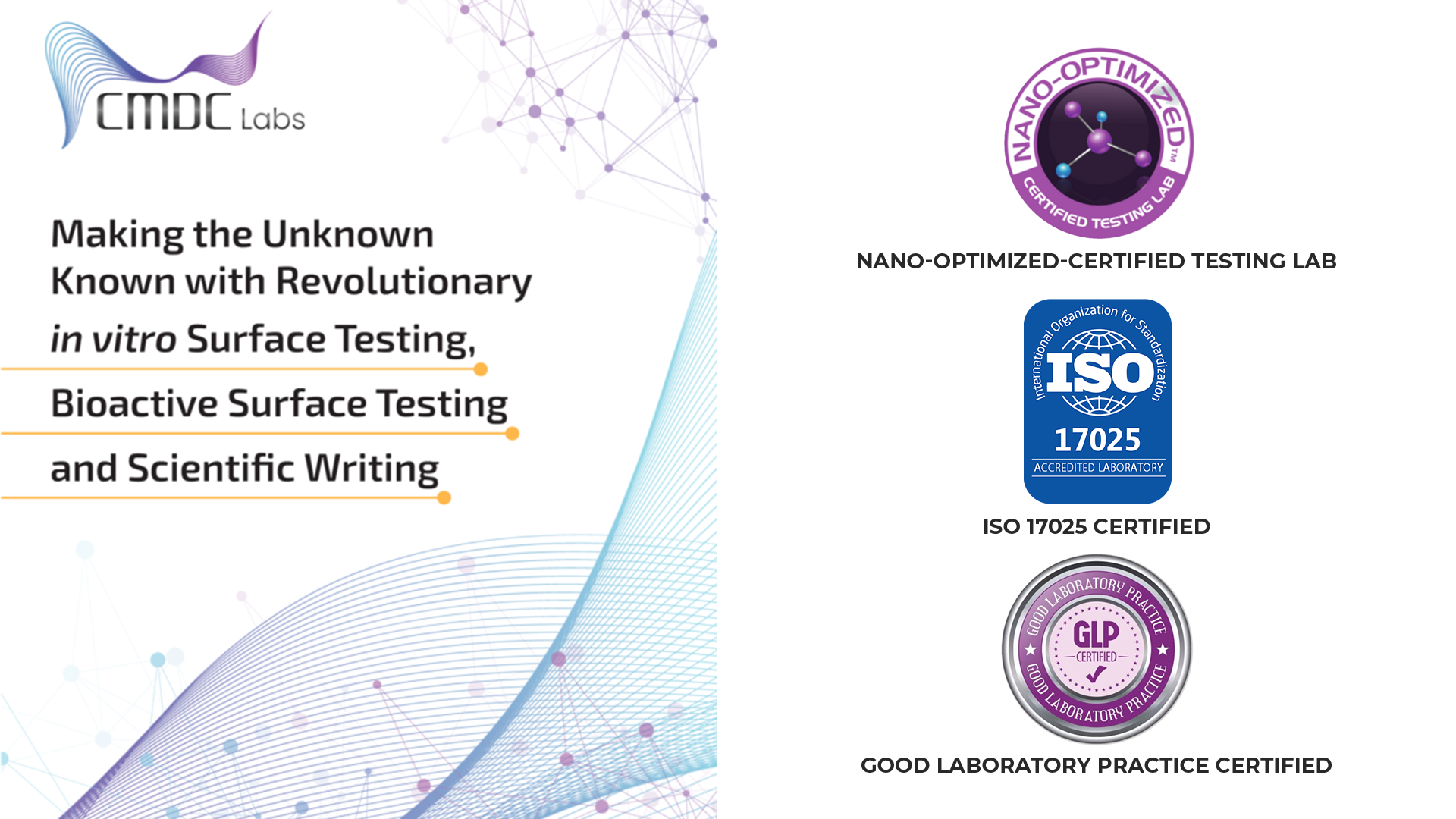In an era where innovation in medical technology moves faster than ever, the U.S. Food and Drug Administration (FDA) is accelerating its approach to oversight. The agency’s recent decision to expand its Early Alert Program to include all medical devices represents a transformative shift in how safety signals are detected, verified, and communicated.
While the initiative is aimed at protecting patients, it also challenges manufacturers to elevate their post-market surveillance, risk management, and validation processes.
For laboratories like CMDC Labs, the expansion underscores a growing truth in the medtech industry: testing doesn’t end at approval — it continues throughout the product’s lifecycle.
Understanding the FDA’s Early Alert Program
The Early Alert Program (EAP) was initially launched as a pilot project within the FDA’s Center for Devices and Radiological Health (CDRH). Its purpose was to identify potential safety issues with medical devices as early as possible — ideally before those issues turned into public recalls or adverse events.
Now, with the expansion of the program to cover all medical devices, the FDA is creating a proactive surveillance system that connects real-world performance data with regulatory response.
How It Works
The EAP collects and analyzes data from multiple sources:
- Medical Device Reports (MDRs): Filed by manufacturers, importers, and user facilities under 21 CFR Part 803.
- Medical Product Safety Network (MedSun): Real-world feedback from healthcare facilities.
- Post-market surveillance studies and performance testing reports.
- Complaints and adverse event databases.
- Field safety notices and recalls issued globally.
When the FDA identifies an emerging trend — such as unexpected device malfunctions, material degradation, or sterility issues — it issues an “early alert” to inform healthcare providers, manufacturers, and the public.
This proactive transparency aims to reduce patient risk while empowering manufacturers to correct problems swiftly.
Why the Expansion Matters
The expansion of the EAP represents more than a regulatory update — it’s a cultural shift toward continuous quality assurance.
Several key factors drive this move:
- Rapid Technological Innovation:
AI-driven diagnostics, wearable sensors, and implantable devices introduce new variables and complexity that traditional monitoring systems can’t always keep pace with. - Global Supply Chain Risks:
Dependence on international manufacturing and material sourcing increases the potential for variability in product quality and performance. - Patient-Centric Regulation:
The FDA’s modern regulatory philosophy prioritizes real-world evidence, risk transparency, and patient involvement in post-market reporting. - Data-Driven Oversight:
With advanced analytics, the FDA can now identify potential risks earlier — but only if manufacturers and labs maintain consistent, high-quality data inputs.
For manufacturers, the message is clear: proactive surveillance is no longer optional — it’s expected.
Post-Market Surveillance: A New Benchmark for Compliance
Under the expanded EAP, manufacturers must demonstrate that they have robust post-market systems capable of detecting, analyzing, and addressing device performance deviations early.
These systems are not just about monitoring — they are about proving control.
Key Requirements for Manufacturers
- Continuous Performance Monitoring:
Track device reliability, software behavior, and material integrity across usage cycles. - Adverse Event Evaluation:
Investigate complaints quickly and implement Corrective and Preventive Actions (CAPA) under 21 CFR Part 820.100. - Validation and Re-Verification:
Conduct periodic performance testing to ensure ongoing compliance with device specifications and safety standards. - Regulatory Documentation:
Maintain verifiable evidence of all corrective actions, risk assessments, and test data to support FDA audits or inquiries.
The CMDC Advantage
CMDC Labs provides the testing backbone that makes these compliance efforts possible — from validating materials and sterilization processes to documenting corrective actions that satisfy FDA expectations.
How CMDC Labs Strengthens Manufacturers’ Early Alert Readiness
At CMDC Labs, we view compliance not as a regulatory checkbox but as a continuous validation ecosystem — where data integrity, responsiveness, and scientific precision safeguard both patients and manufacturers.
Here’s how we help our partners align with the FDA’s evolving early-alert framework:
1. Comprehensive Risk Monitoring and Failure Analysis
Post-market vigilance begins with understanding how and why devices fail — and doing so before those failures impact patients.
Failure Mode and Effects Analysis (FMEA) Support
CMDC Labs assists manufacturers in developing and refining FMEA models by integrating real-world testing data.
Our studies simulate operational stresses, sterilization cycles, and material degradation to identify:
- Potential failure points in design or materials.
- Long-term wear and fatigue behavior.
- Sterilization-related chemical or mechanical damage.
These findings help manufacturers refine device design, update IFUs (Instructions for Use), and meet the FDA’s risk-based post-market requirements.
Root Cause Investigation
When performance anomalies or complaints arise, CMDC’s analytical team provides rapid root-cause determination using microscopy, chemical analysis (FTIR, GC-MS), and microbiological assays.
This enables clients to present scientifically defensible data during FDA or notified body reviews.
2. Corrective and Preventive Action (CAPA) Validation
CAPA processes are central to both Quality System Regulation (QSR) and ISO 13485 frameworks. Yet, many manufacturers struggle to verify that implemented corrective measures actually resolve the problem.
CMDC Labs provides independent CAPA validation testing, confirming that process changes — whether in sterilization, assembly, or packaging — achieve their intended outcomes.
Examples include:
- Verifying that modified sterilization cycles still achieve a 10⁻⁶ sterility assurance level (per ISO 11737 and AAMI ST98).
- Testing alternative polymers or coatings introduced after material changes for chemical compatibility and biocompatibility.
- Confirming that new supplier materials maintain equivalent performance under ISO 10993 and ASTM standards.
This independent validation strengthens manufacturers’ documentation and supports faster FDA acceptance during CAPA review.
3. Performance Testing for Lifecycle Assurance
A device’s safety isn’t fixed at the time of approval — it must be proven continuously throughout its market life.
CMDC Labs conducts performance verification and validation (V&V) studies for:
- Mechanical durability and fatigue resistance.
- Electrical and sensor performance stability.
- Sterility maintenance and package integrity over shelf life.
- Bioburden control and endotoxin verification (per USP <85> and <61>).
By integrating this testing into clients’ ongoing quality management systems, CMDC helps ensure that device performance data remains robust and audit-ready under the expanded FDA program.
4. Accelerated Response Testing for Emerging Alerts
When the FDA issues an early alert, manufacturers must act swiftly to investigate and report.
CMDC Labs offers rapid-turnaround testing for verification of suspected defects or contamination, including:
- Sterility failure confirmation.
- Leachables and extractables analysis.
- Material degradation assessment.
- Microbial identification and root-cause mapping.
Our laboratory can initiate testing within hours of notification, providing actionable data that supports timely and transparent communication with the FDA.
5. Documentation and Data Traceability
Under the expanded EAP, regulatory documentation is as critical as the science itself. Every corrective or preventive action must be traceable to verified data.
CMDC’s digital quality system ensures that:
- Every test result is linked to a unique sample identifier.
- Chain-of-custody is maintained from sample intake to report issuance.
- Validation protocols and results are archived for FDA and ISO audit readiness.
This traceability gives manufacturers confidence that their documentation will withstand regulatory scrutiny — even years after testing.
6. Strengthening Post-Market Transparency
The FDA’s emphasis on early alerts aligns with a global movement toward regulatory transparency and shared safety data. CMDC Labs helps clients contribute meaningfully to this shift by producing validated data that can be safely disclosed to regulators, healthcare partners, and even the public.
Through precise documentation, CMDC enables clients to communicate clearly about their safety actions — not react defensively.
Beyond Compliance: Turning Regulation into Competitive Advantage
While the Early Alert Program is designed for safety, it also presents a strategic opportunity for forward-thinking manufacturers.
Companies that invest in continuous validation and independent testing gain a competitive edge in an increasingly regulated market.
Here’s how:
- Faster FDA clearance for post-market modifications.
- Reduced recall risk through early detection of quality drifts.
- Stronger reputation with healthcare providers and patients.
- Improved investor confidence through transparent compliance.
In essence, laboratories like CMDC help manufacturers turn compliance into credibility — and credibility into market strength.
Preparing for the Future of Device Oversight
The FDA’s expansion of the Early Alert Program signals a broader evolution in medical device regulation — from periodic compliance to real-time risk intelligence.
In the near future, post-market monitoring will integrate even more advanced technologies:
- AI-driven trend analysis of adverse event data.
- Digital twins for continuous device performance modeling.
- Integrated lab–regulator communication systems for direct data exchange.
CMDC Labs is already building toward this future, expanding its data analytics capabilities and collaborating with manufacturers to create continuous surveillance ecosystems that align with the FDA’s vision of proactive safety management.
Conclusion: A New Era of Accountability and Partnership
The FDA’s expanded Early Alert Program represents a turning point in how medical device safety is managed. For manufacturers, it’s a call to action — to strengthen their post-market surveillance, validation, and testing frameworks.
For CMDC Labs, it reaffirms our mission: to be the trusted scientific partner that helps manufacturers stay compliant, responsive, and resilient.
Through independent performance testing, CAPA validation, and risk monitoring, CMDC Labs ensures that manufacturers not only meet the FDA’s early-alert expectations — but exceed them, transforming oversight into opportunity.
Because in today’s medtech landscape, safety isn’t a reaction — it’s a continuous promise, measured and proven by science.
Sources: MedTech Dive, FDA.gov (CDRH Early Alert Program), AAMI.org, ISO 13485, 21 CFR 820, USP, ASTM International

